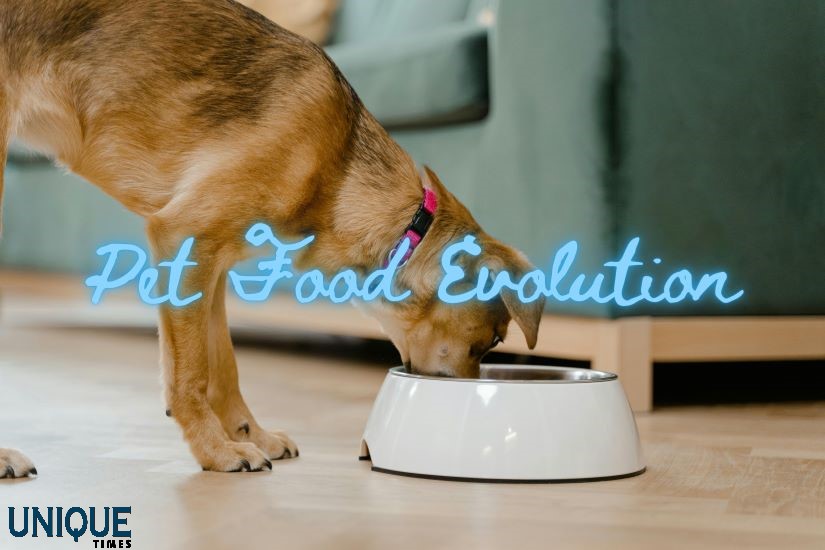From Kibble to Carnivore: The Evolution of Pet Food

Pet food has come a long way from simple kibble to a diverse array of nutrition options tailored to our furry friends’ specific needs. The evolution of pet food reflects advancements in veterinary science, nutritional awareness, and a growing understanding of pets’ dietary requirements. Let’s delve into the fascinating journey of how pet food has transformed over the years.
Early Days: The Rise of Kibble
Historically, pets were often fed scraps or leftovers from human meals. The introduction of commercially produced pet food began in the mid-19th century, with the invention of dry kibble by James Spratt. This convenient and shelf-stable option marked the beginning of a new era in pet nutrition.
Nutritional Science and Veterinary Insights
As our understanding of animal nutrition grew, so did the demand for specialized pet diets. Veterinary research played a crucial role in identifying specific dietary requirements for different breeds and health conditions. This led to the development of formulas that catered to pets’ diverse needs, including age, size, and medical conditions.
The Raw Revolution
In recent years, there has been a rise in interest and advocacy for raw diets for pets. Inspired by the idea of feeding dogs and cats a diet more closely aligned with their carnivorous ancestors, raw feeding involves uncooked meat, bones, and organs. Proponents argue that this approach offers a more natural and biologically appropriate diet.
Specialized Diets: Grain-Free, Limited Ingredient, and Beyond
Pet food options have expanded to accommodate various dietary preferences and restrictions. Grain-free diets, limited ingredient formulas, and hypoallergenic options have become popular, addressing concerns related to food sensitivities and allergies in pets.
Sustainable and Eco-Friendly Choices
With a growing focus on sustainability, some pet owners are seeking environmentally friendly options for their furry companions. This has led to the development of pet foods with responsibly sourced ingredients, eco-friendly packaging, and a reduced carbon footprint.
The Future of Pet Nutrition
Looking ahead, the future of pet food seems poised for continuous innovation. Advances in personalized nutrition, tailored to individual pets’ needs based on factors like breed, age, and health status, are on the horizon. Additionally, the use of alternative protein sources and cutting-edge production methods may further shape the landscape of pet nutrition.
Conclusion: Nourishing Our Companions
From humble beginnings of kibble to a diverse market offering specialized diets, the evolution of pet food mirrors our commitment to providing optimal nutrition for our beloved companions. As pet owners increasingly prioritize their pets’ well-being, the pet food industry continues to adapt and thrive, ensuring that our furry friends receive the best possible nourishment for a happy and healthy life.
Picture Courtesy: Google/images are subject to copyright








